WEDGES - HAND TOOLS FOR SPLITTING STONE. TYPES AND USES
In this article we are going to focus on wedges, which are those hand tools that will help us to break the stone for later use in our sculptures or places where we are doing construction work.
In previous posts of our Rock&Tools blog we talked about pneumatic tools, advantages, types, safety and maintenance, their types and how to clean them. They are also useful for splitting stone, but in this case we will delve into the use of wedges, given the versatility they offer us to work easily.
In addition, on our Rock&Tools website you will find a wide range of wedges, which we will explain below.
WHAT IS A WEDGE?
Before we begin, we should know that wedges are considered to be triangular-shaped pieces of wood or metal, that is to say, they are finished in point, perfectly prepared to separate two solid bodies or to divide a solid body, such as stone.
Among the best known types of wedges, we highlight the splitting or separating wedges and the solid wedges. However, we will now go on to detail all the existing types of wedges.

TYPES OF WEDGES
As we have just mentioned, there are two main types of wedges: splitting or separating wedges and solid wedges. Next, we will see the characteristics of each one of them.
Splitting wedges
The splitting or separating wedges, also known as expanding wedges, are composed of three pieces, two lateral pieces and a central piece, which is hit by a hammer or a mallet. This type of wedge is usually used to split larger stones into two parts.
It is advisable to use several wedges to break the stone. Later, we will see in more detail some types of stone and how to work with it. Although we advance you that we can distribute the wedges on the stone placing them in such a way that they leave a span between them. The separating wedges have a limit of three times their length. This will depend on the hardness and other factors related to the stone. That is to say, a 20cm wedge can split a 60cm high stone.

Within the family of separator wedges we can find:
- separating or expanding wedges (previous photo)
- extra thin spreaders
- guillet spreaders
- Trow & Holden
These types of tools do not differ greatly from each other. The only variation is the material they are made of and that the expanders are usually used for softer stones than the others.
In addition, it is worth mentioning the kit of 5 Trow & Holden wedges made of reinforced steel, being small and of great quality.
Below, we can see the images of each of the wedges we have just mentioned.

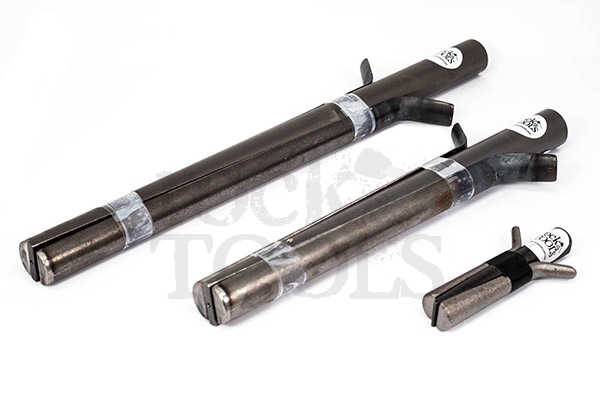

A good trick to eliminate the small circular marks that these wedges may leave, would be to go over the cutting area with the chisel and in this way we would completely eliminate the marks made on the stone.
Solid wedges
After having seen in more detail the types of separating wedges, we proceed to know the two types of existing solid wedges.
We should know that solid wedges are composed of a single piece and are usually used in cracks. Within this section we can find specific wedges for sandstone or granite and others that can be used for all materials.

HOW TO CHOOSE THE RIGHT WEDGE?
After having made a brief informative tour on wedges and their types, it is important that we know how to identify the type of wedge with which we are going to work the material. To do this, we will take into account the following factors:
- That the height of the stone we want to split determines the appropriate wedge size, we can split stones between 4-6 times the length of the wedge, i.e. 6 cm wedges can split stones of 24 - 36 cm.
- The hardness of the stone to be split must be taken into account. The harder it is, the fewer wedges we will use and the softer it is, the more wedges we will need to use to see results.
- In order to obtain the straightest and most controlled cuts possible, we must place wedges on the sides of the stone or blocks, in order to control the fracture line as straight as possible.
HOW TO USE THE EXPANDING WEDGES
Once we know the process of how to choose the right wedge to work the stone, we have to know how to use them. Here is a series of steps to follow for their correct use:
- The first thing is to make a dividing line where we want to split the stone.
- When drilling the holes we must take into account only the diameter of the shims of the wedge without the wedge.
- The separation that we must leave between them will be approximately 10cm to 15 cm, taking into account that for more difficult divisions we will have to drill a greater number of holes and closer to each other. When the stones are very large it is advisable to put wedges on the sides to obtain a straighter cut.
- Keep in mind that if the stone has natural veins it will break there and not along the line of division that we have just marked.
- Now we would insert the two shims in the hole taking into account that the ears should face the fracture line of the stone and never the division line.
- The shim should protrude approximately 2/3 of its length through the top of the building.
- Once the wedges are in place, the wedges should be struck firmly and rhythmically with a mallet or light hammer, but without forcing. It is also important to gradually increase the pressure. In the next step we will proceed to listen and look for signs of fracture. It is very important to be patient in this type of work, as there will be times when we will have to repeat this same process again until the stone fractures. We must take into account that we will have difficult fractures, so we will have to let the stone rest occasionally so that the pressure exerted by the wedge can act.
TYPES OF STONE ON WHICH WE WILL USE WEDGES
So far, we had seen in a more detailed way the types of wedges that are used to work the stone. Below, we will make a brief summary highlighting some types of stone, although in previous articles such as what types of stone for carving are there, we can find the various options of existing stone with which to work in a more comprehensive manner.
Marble
First of all, we can highlight marble, being this a metamorphic stone, which is subjected to high temperatures reaching a high level of crystallization. When working with marble, it is easier when it is freshly cut. Although, we must take into account that it tends to break quite easily, since it has a very fine surface. Limestone
Limestone
Is considered a sedimentary stone composed of calcium carbonate, and may sometimes contain certain doses of minerals such as clay or quartz. One of the qualities for which limestone stands out is its high level of resistance to weathering.
Granite
Regarding granite, we could say that it is one of the most elegant stones there is, being more complicated to find because it originates in specific places. It is composed of quartz, mica and alkaline feldspars. Some of the characteristics that we should highlight is that, thanks to the fact that part of its composition is quartz, it has a greater resistance and durability.
Sandstone
Finally, sandstone is formed from the sinking of a sand bed in the earth's crust, heated and compressed by the pressure of other sediments. Water at high temperatures adds dissolved minerals such as quartz or iron oxide.
Rock&Tools Wedge Catalog
We hope you found this article about the types of wedges for splitting stone interesting and useful. We are open to any kind of suggestions about topics you would like us to cover and we would also like to know your opinion about the types of wedges available and your experience if you have used any of them.
Each person has different needs and that is why we personalize our advice. If you have any doubt about the wedges we offer or about any other tool, we leave you our contact methods:
Phone: +34 96 424 10 23
E-mail: This email address is being protected from spambots. You need JavaScript enabled to view it.
We have a team of professionals who can assist you in Spanish, English and French.
- PNEUMATIC TOOLS – WHAT ARE THEM, HOW TO CLEAN AND HOW TO USE
- WHAT TYPES OF MASONRY ARE USED IN CONSTRUCTION?

Rock&Tools
Latest from Rock&Tools
- Stone Carving: Bas-relief and Relief - Techniques, Tools and Artistic Evolution
- Discover the Secrets to Stone Carving: Advanced Techniques and Tools That Will Take You Beyond the Hammer and Chisel
- Master Stone Sculpture: Your Definitive Guide to Selecting and Handling the Essential Tools
- Introduction to stone sculpture: history and enduring art
- Masonry, Garden Walls and Flooring: Create Unique Spaces in your Home



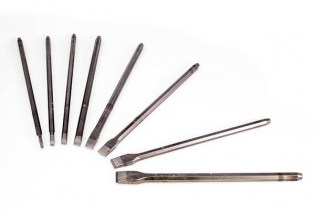
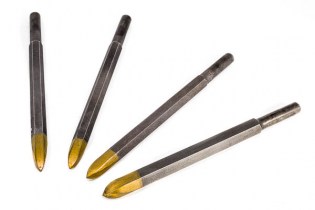





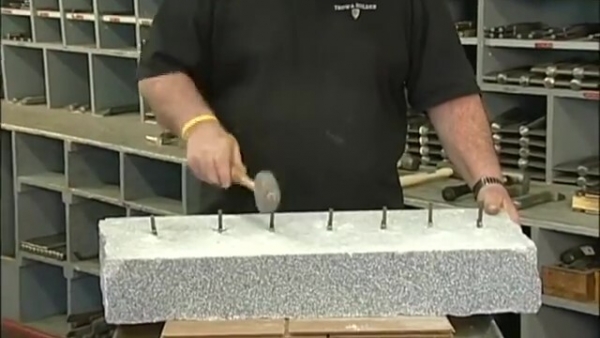

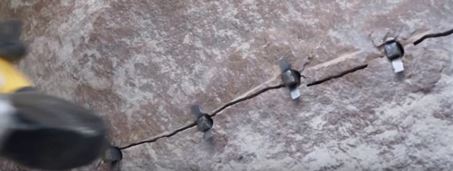


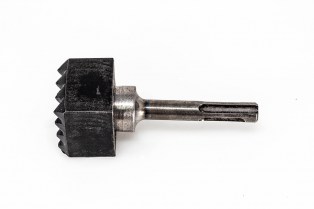
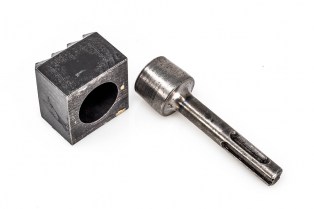
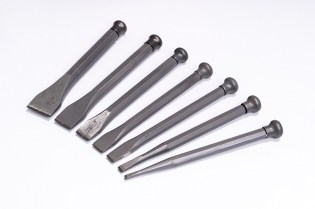
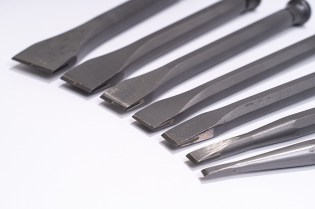
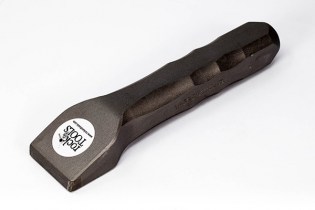
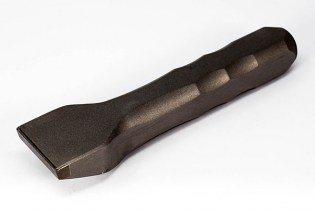
Leave a comment